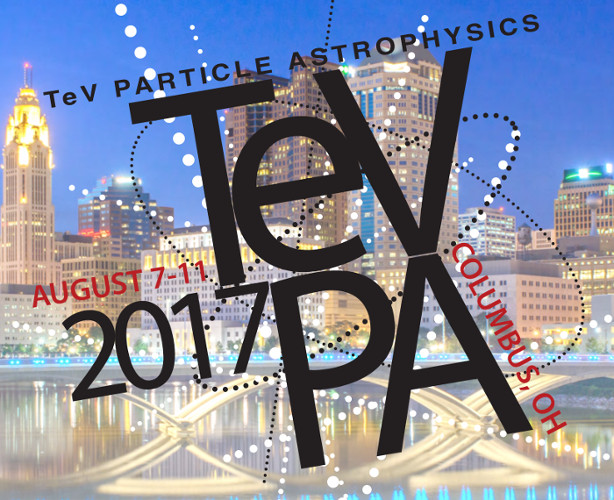Speaker
Description
The survey of the Galactic plane in TeV gamma-rays by H.E.S.S.
allows a systematic study of the population of pulsar wind nebulae
(PWNe) in this energy domain. We find a mild trend of decreasing
TeV luminosity with age, or decreasing spin-down power, as well as
a trend of increasing size with age. Older TeV PWNe are generally
displaced from the pulsar position, with offsets larger than can
plausibly be explained by pulsar proper motion, which could be due to
PWN interaction with the reverse shock in an asymmetric environment.
The observed gamma-ray spectra can be ascribed to inverse Compton
scattering of ambient photons, in which the Galactic far-infrared
background often predominates; this may explain why luminous TeV
PWNe are more readily detected in the inner spiral arms than in
the outer Galaxy.
We also present a more detailed morphological study of the TeV
emission from the PWN in the composite supernova remnant MSH 15-52.
We compare its gamma-ray morphology with that in synchrotron emission,
obtained from archival X-ray observations, and discuss the implications
for the magnetic field in the nebula. We also discuss potential
extended gamma-ray emission beyond the X-ray PWN. Such an extended
morphological component could come from electrons and positrons
which have escaped the PWN, which would have implications for
scenarios of PWNe as sources of leptonic cosmic rays.

